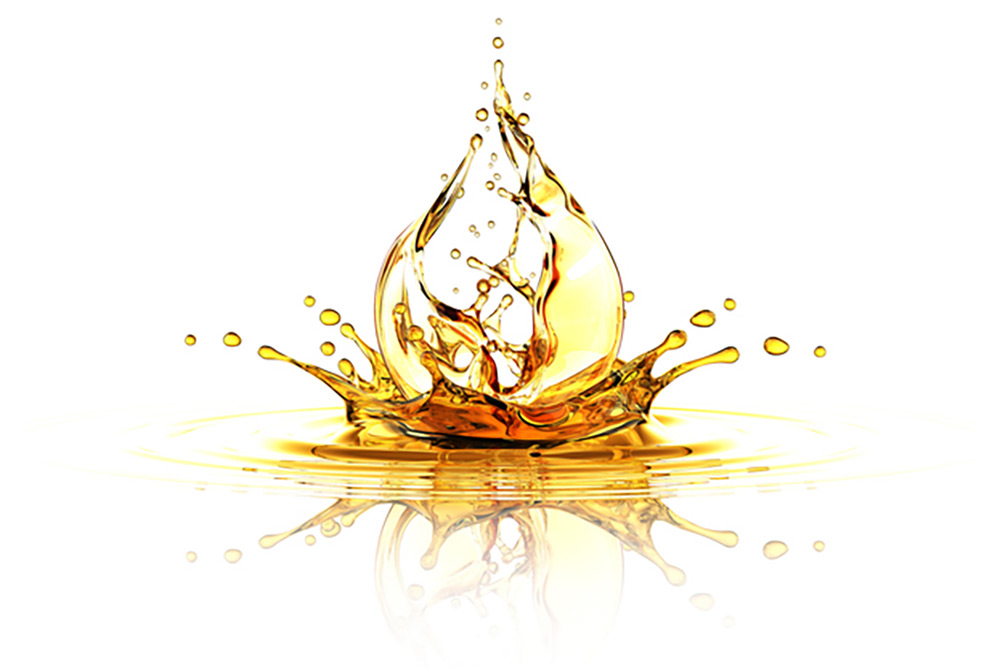By Tatiana Pollard
In the Pollard household, the fruit did not fall far from the tree. After owning one of the best cooking stores in the US for 47 years—La Cuisine: The Cook’s Resource in Alexandria, Virginia—Nancy Pollard writes Kitchen Detail, a blog about food in all its aspects—recipes, film, books, travel, superior sources, and food-related issues. This post was written by her daughter Tatiana Pollard, who lives with her Italian husband and child in Italy.
 REBECCA TOOK care of my sister and me when were little while our parents were at work. We called her our nurse because she always wore a nurse’s uniform. One year she came with us on vacation to the beach. When Rebecca walked into the beach house where my mother was using some olive oil to dress a salad, she asked, “Why are you using my suntan lotion for the salad?” Rebecca was by no means an early adopter of level 50 SPF.
REBECCA TOOK care of my sister and me when were little while our parents were at work. We called her our nurse because she always wore a nurse’s uniform. One year she came with us on vacation to the beach. When Rebecca walked into the beach house where my mother was using some olive oil to dress a salad, she asked, “Why are you using my suntan lotion for the salad?” Rebecca was by no means an early adopter of level 50 SPF.
It can’t be argued. Olive oil has been applied in myriad ways since it was first pressed somewhere along the Mediterranean’s eastern coast. Ancient Greek athletes massaged their body with it before performing sports in the nude. It came to replace animal fat in religious ceremonies — still used for the Christ-

Nyponros, a website explaining the realities and myths about natural skincare products, engineered this 2017 test using raspberry seed oil, coconut oil, and olive oil. / Nyponros.com.
ian sacrament of Anointment of the Sick and in Judaism for lighting the Menorah. Ancient Egyptians used it for skincare. If you’re curious enough, you’ll find plenty of contemporary videos on how to make your own olive oil soap.
Despite Rebecca’s ancient inclination, we know EVOO, extra-virgin olive oil, best for its potency in the kitchen.
Under Fire
With compelling depth of flavor and a smoking point between 374 F and 419 F, EVOO is a highly versatile fat. It can dress salads, legumes, soups; be slathered on fish and steak, and drizzled on bread. It is an essential ingredient of pesto and bagna cauda. Living in Italy for almost two decades, I always slick my pan with it for sautéing and soffritto (a cooking base of sautéed carrots, celery, and onion) and sometimes add it to butter so the burro won’t burn. I’ve used if for deep-frying too (see smoking point above), even though it felt like a sin using a comparatively more expensive oil. But I loved the way it cooks and tastes, and the lack of that unpleasant “fried” odor that clings to everything. When transitioning my son to solid foods, the first pasto advised by our pediatrician in Bologna was semolina cooked in vegetable broth and garnished with Parmigiano and two spoonfuls of extra-virgin olive oil. Take that, insipid rice cereal!
I’d say on average our household consumes at least 10 liters a year. With that much, you’d think we were using it for sun lotion!
Living in a country that has a storied tradition of producing olive oil, you get easily accustomed to using it for everything in the kitchen. I’ve never had to bother with any other type of oil. Even the way I go about buying olive oil is specific to being in Italy. We visit local olive oil producers here, taste their product and then buy it. Not an option for someone who doesn’t live in easy driving distance of an oleificio.
Separating Liquid Gold From Murky Green
 Visiting small-scale Italian olive oil producers, whether previously for my mother’s La Cuisine shop or now for my own home, I heard a number of the producers voice their concern about the bad name Italian olive oil has received over the years due to counterfeit products. It’s hard to blame them with the staggering cases that have come to light, mostly involving large companies and refineries. Tom Mueller’s 2007 New Yorker article “Slippery Business” is probably the most notable account and a fascinating read. It discusses two major cases of fraudulent Italian olive oil production regarding Riolio and Casa Olearia in the 1990s. Mueller was so struck by the cultural significance of olive oil, he went on to write a comprehensive book on the tree’s by-product throughout human history in Extra Virginity. And who could resist Nicholas Blechman’s cleverly illustrated summary of adulterated olive oil, “Extra Virgin Suicide,” in the The New York Times?
Visiting small-scale Italian olive oil producers, whether previously for my mother’s La Cuisine shop or now for my own home, I heard a number of the producers voice their concern about the bad name Italian olive oil has received over the years due to counterfeit products. It’s hard to blame them with the staggering cases that have come to light, mostly involving large companies and refineries. Tom Mueller’s 2007 New Yorker article “Slippery Business” is probably the most notable account and a fascinating read. It discusses two major cases of fraudulent Italian olive oil production regarding Riolio and Casa Olearia in the 1990s. Mueller was so struck by the cultural significance of olive oil, he went on to write a comprehensive book on the tree’s by-product throughout human history in Extra Virginity. And who could resist Nicholas Blechman’s cleverly illustrated summary of adulterated olive oil, “Extra Virgin Suicide,” in the The New York Times?
Other substantial counterfeit EVOO operations have resurfaced in the American and international press, as in Bill Whitakers’ 2016 60 Minutes segment on the Agromafia. Or more recently the 150,000 liters of olive oil confiscated by Europol. Efforts have been made within the EU and Italy for clearer labeling, better monitoring and improved regulation. But the impact lingers. Some people who have read bad press about Italian olive oils swear they only buy Spanish, and so on. Staggering numbers of videos and articles offer tips and insight for buying extra-virgin olive oil such as Julia Moskin’s 2019 New York Times article and Claire Saffitz and Belle Cushings’s “How to Buy” guide in Bon Appétit, both of which are full of useful information for people who need some basic guidelines.
With 1,551 varietals, shopping for olive oil in a way is like purchasing wine. If possible, taste and smell what you’re buying. You can experience everything from buttery to peppery, a slight almond flavor or maybe pear notes, an oil that is spicy or one that is herbaceous. It’s fun getting to know what you like.
Price isn’t always an indication of what agrees with your palate. On that point, however, if extra-virgin olive oil generally runs for x per liter in its production country, if you see it for sale for anything less, you’d be right to be suspicious.
Slather It On
There are two things that Julia Moskin mentioned in her article that I have experienced as a home cook on the other side of the Atlantic. The first is that olive oil does perish, so it’s best to use it within two years of its harvest date (more or less) and not keep it forever in your pantry. In turn, that means being generous with olive oil and cooking with it more often. Even deep frying with it.
When an Italian olive oil producer on one of my recent excursions asked me, “Where does the best olive oil come from?” I stumbled with that feeling you have in school when you think you know the answer but you also know it’s a trick question so your answer is probably wrong. He broke the silence and surprisingly responded, “It’s easy. It comes from the best olives.” An A+ answer.




Lauren, I’m getting in touch with the Italian branch of MyLittleBird to see if I can rustle up some recommendations.
I’ve also done olive oil tastings (one in the presence of the Italian winemaker Angelo Gaja, who looked on, horrified, as the oil producer and I slurped the stuff straight!). The tastings didn’t turn me into an oil snob but a bit of a pain in the butt, because now I know what I like: a fresh (slightly peppery) oil from olives grown at altitude–and that eliminates a whole lot of olive oil, some of which (southern stuff especially) seems too buttery to me and (get this) too fruity!
When I’m willing to shell out for the top-shelf stuff, I gravitate to the narrow, tall bottles in the store, even the supermarket: These are the ones that will tell you exactly where the olives were grown and processed. That info will cost you $30 to $40 for a smallish bottle. That’s why I use lesser stuff for cooking.
I’ve actually done an olive oil tasting, like a wine tasting. I was fascinated by the different tastes, and have since frequented small olive oil shops that let you taste. Nice column.
This article is such a tease! Just how cruel can you be? The two messages I took away from it is that Italian olive oil can be wonderful and, there are many many fakes out there – third that I should read a lot more to really know anything. you’re killing me!
Please give your readers a little orientation to your favorite, both easily and commercially available olive oils, as well as a few that may be hard to get but, worth the search, from boutique producers.